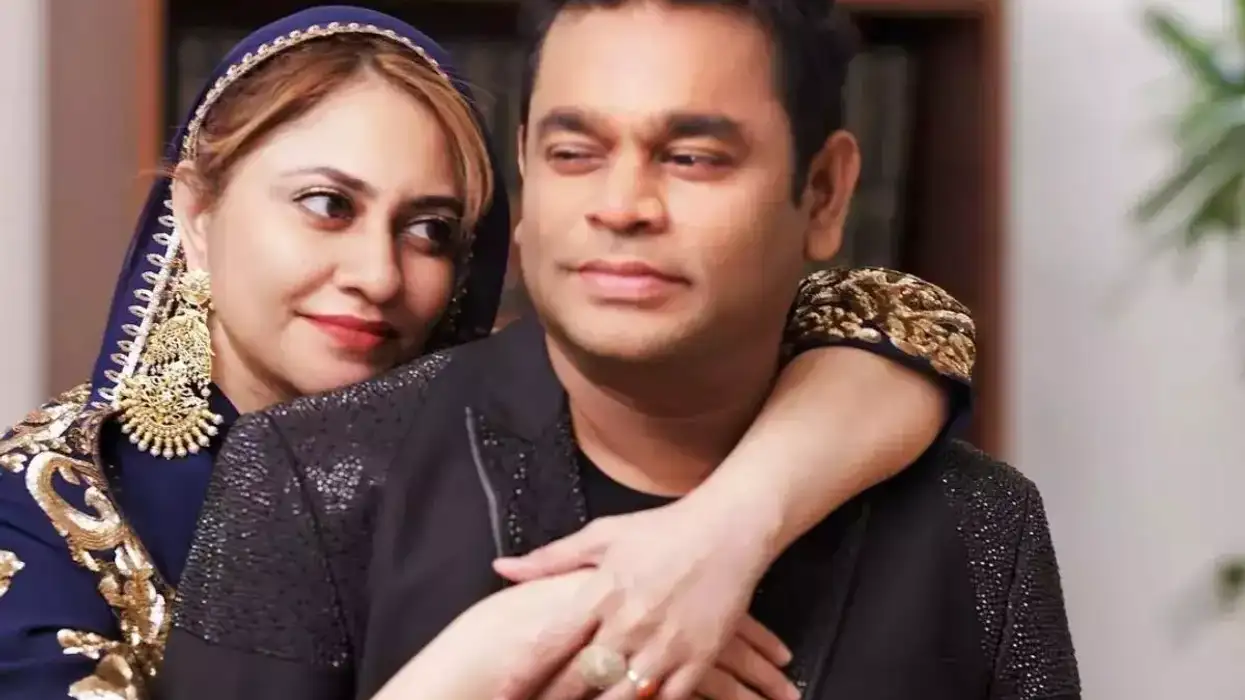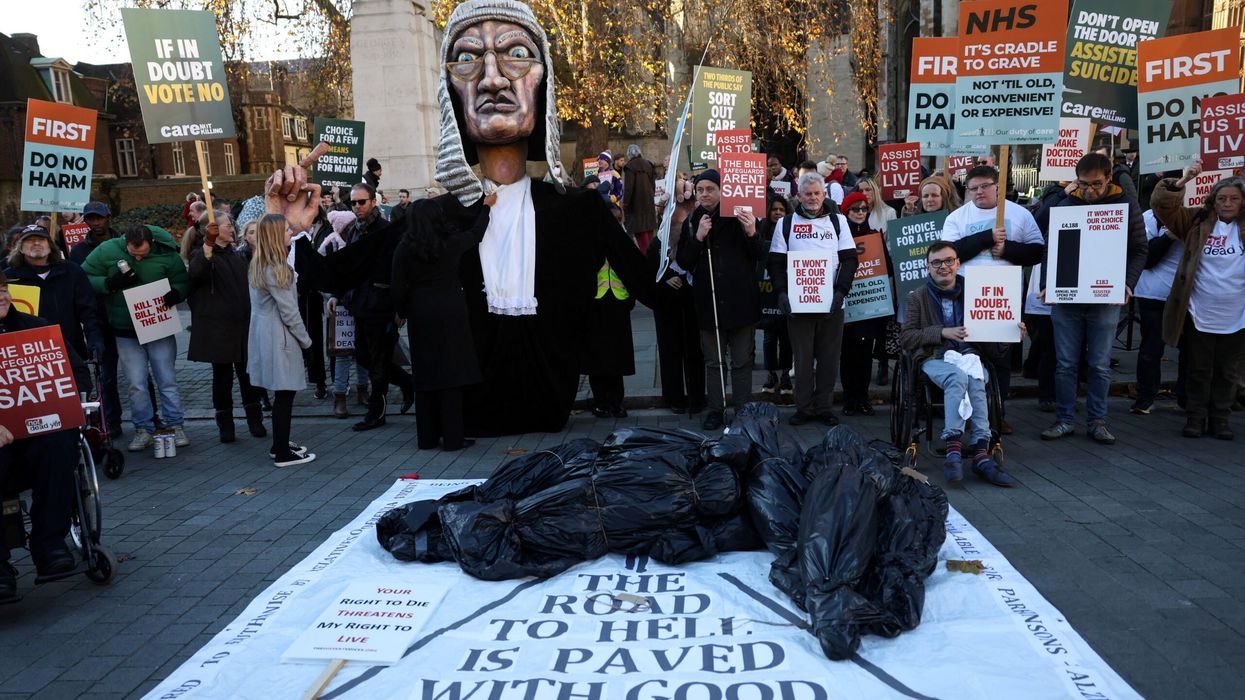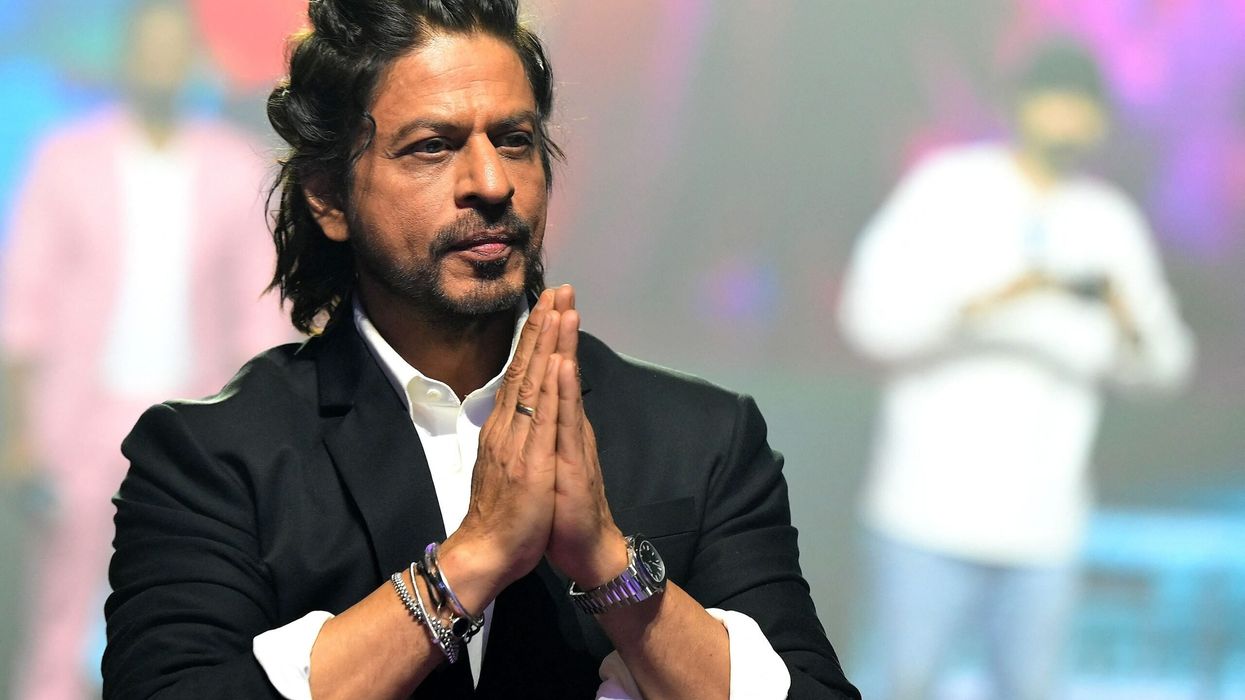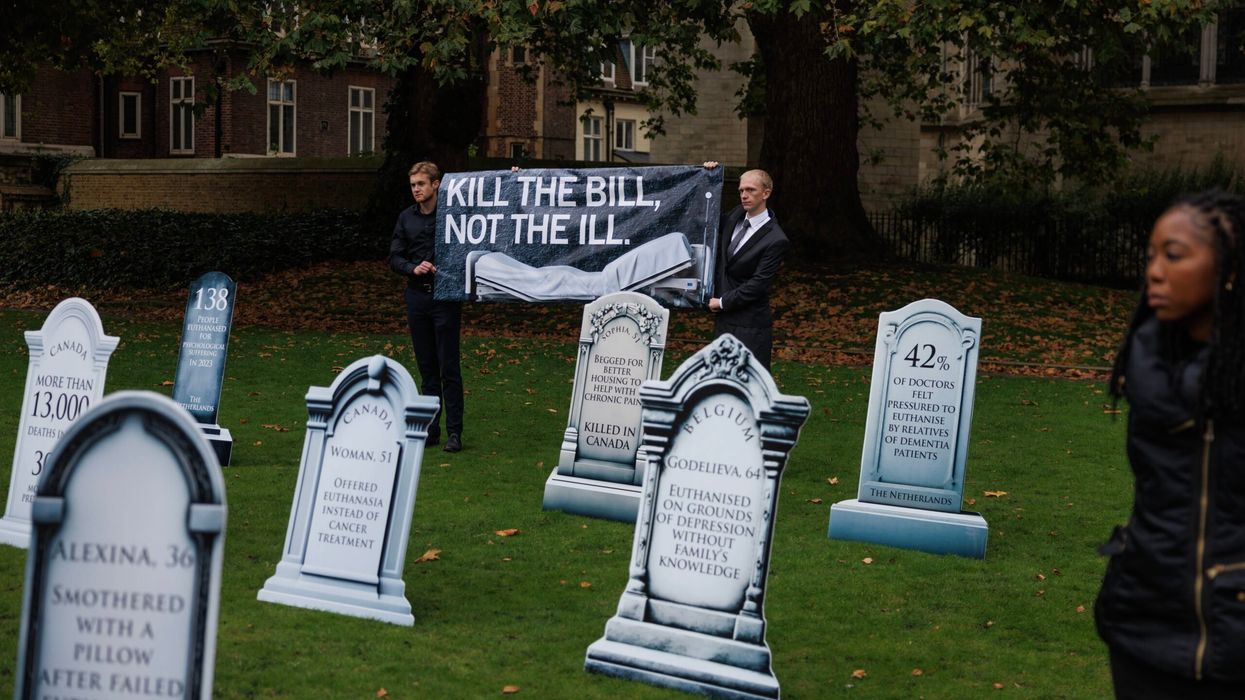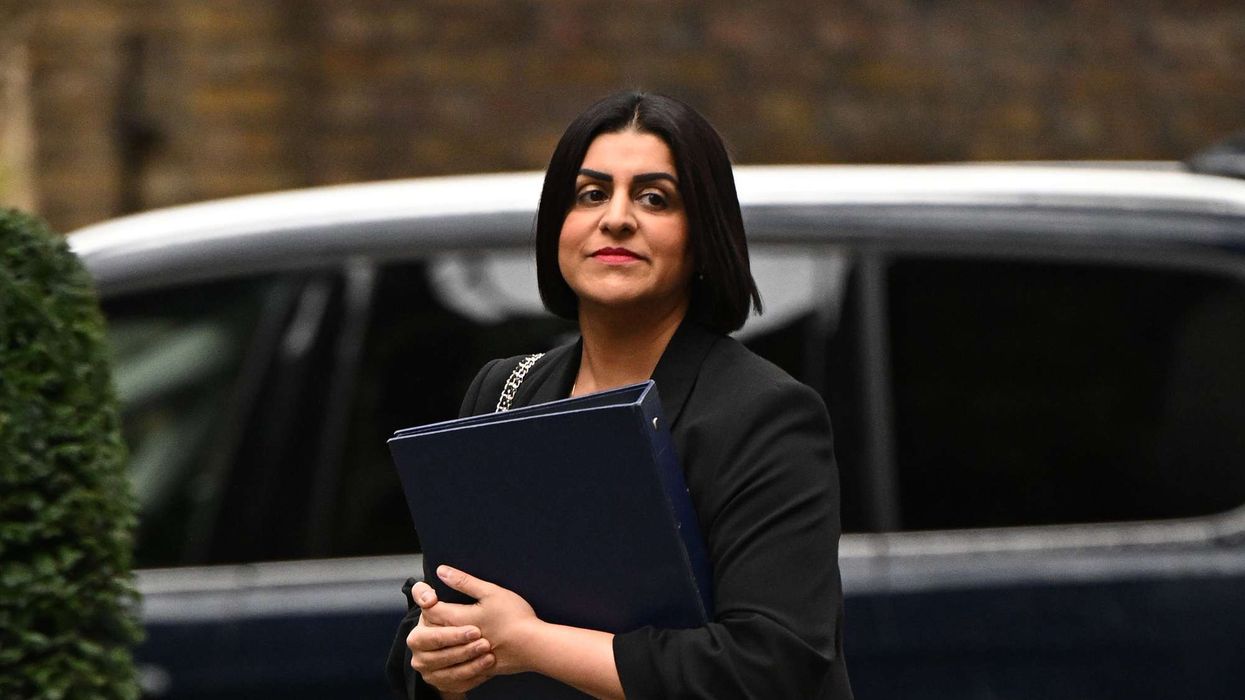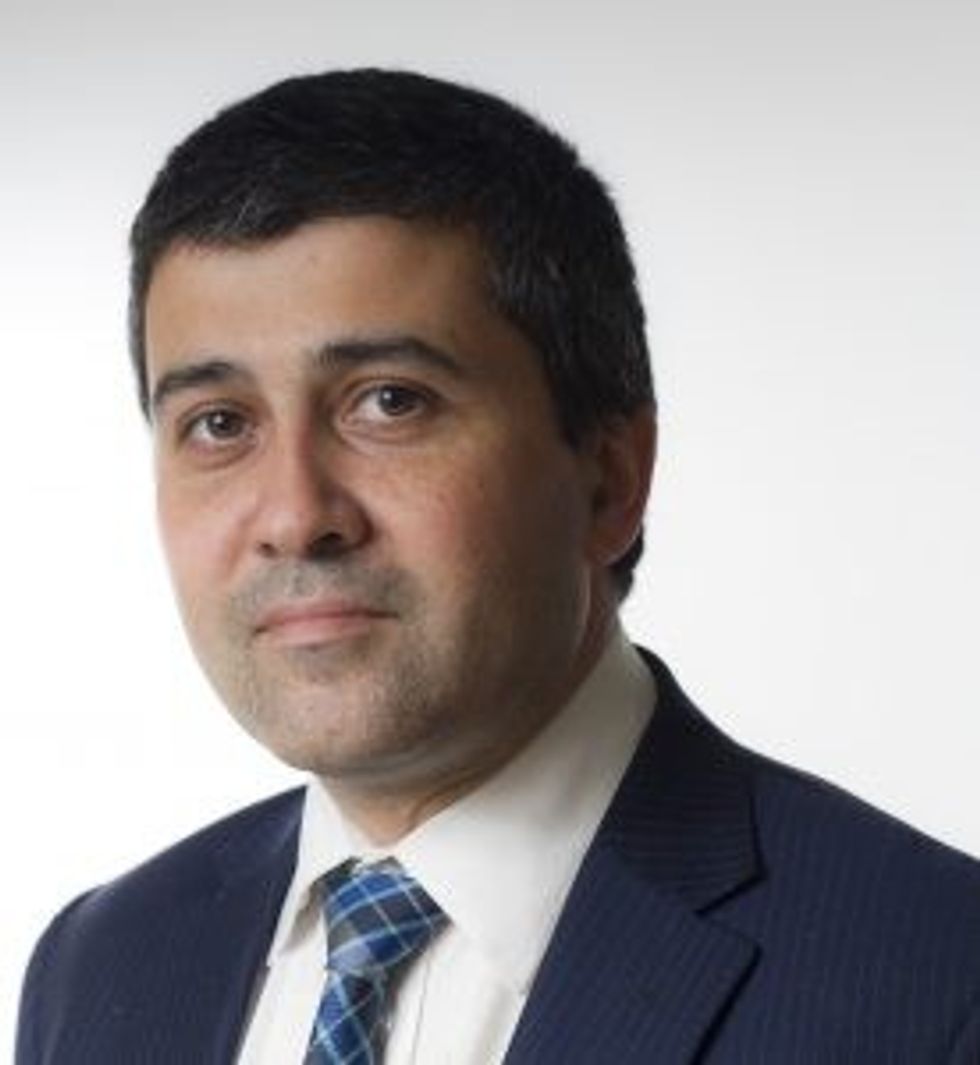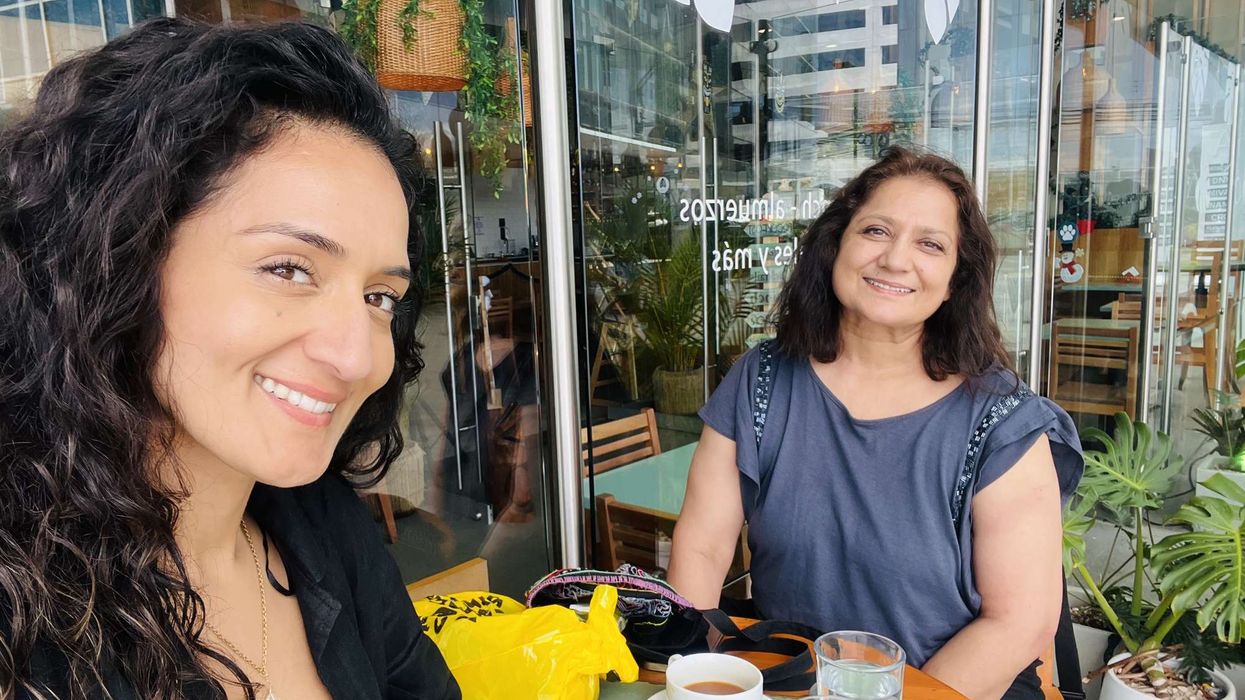SINGING STAR MADAME GANDHI ON MARCHING TO THE BEAT OF HER OWN DRUM, NEW SONGS AND FEARLESS APPROACH
by ASJAD NAZIR
SOME artists are so unique that everything about them is interesting and Kiran Gandhi is one of them.
Under her musical moniker Madame Gandhi, she has consistently crossed new frontiers with explosive live performances, mesmerising music, an unapologetic approach, a unique look, inspiring talks and undeniable ability to bring something new every time.
Although she has toured drumming for big names like M.I.A and Thievery Corporation, Madame Gandhi really comes into her own when producing her own music like her recent release After You. The moody, experimental, alt-rock electronic song about moving on after the end of a relationship was originally released in February 2017 exclusively on Amazon Music, but is now available on all major streaming platforms. She has also released new song Waiting For Me, which, along with its music video, is an artistic explosion of awesomeness.
Eastern Eye caught up with singer, songwriter, drummer, producer and unapologetic feminist Madame Gandhi to speak about her songs, style, inspirations and musical adventures.
What connected you to music?
Music made me feel happy as a young person to express myself, smile, dance, move, feel cool and be seen.
You are an incredible drummer. What drew you towards the instrument?
I knew it was badass! I knew it was rebellious and unique because girls didn’t play drums. I also felt that drums represented protest music and self-expression, and that meant a lot to me. The more I played, the better I got, and I loved feeling so present in the practice of it all. My skill set as a drummer also gave me access to some of my heroes to sit in with them, do cover songs I loved and perform live. In spaces where I felt bullied, drums gave me a sense of confidence and identity.
How would you describe your journey in music?
I was a drummer first, then in the music business as a data analyst, then as an artist-producer under Madame Gandhi. I can’t wait to see where it all continues to go, but I feel right on track. Especially since my time at various record labels has helped me work on my own music and partner with labels when releasing my own music.
You have had some amazing adventures in music, but which has been the most memorable?
I’ll never forget my 2019 album release party for Visions. I launched my album and performed with an all female and gender non-conforming band. We premiered the music videos associated with the album, fed the audience healthy food made by female chefs of colour, at a place in LA that had just opened called Second Home. It was so magical.
How much has performing live shaped you as an artist and what was the most memorable?
I love connecting with and reading my audience, and seeing how they receive the music. I loved performing at Roskilde Festival Denmark 2017 because I crowd surfed!
Which of your own songs is closest to your heart?
Bad Habits.
Why did you decide to re-release your single After You?
I believe the message of starting fresh and moving on from past versions of ourselves is so important. We wanted to re-release After You so that it would reach more people beyond just the Amazon Music audience it originally was available to.
What inspired the song?
Wanting to re-invest in my own skill sets and continue evolving into the best version of myself.
Who are you hoping connects with the track?
Actually I’d love for music lovers, electronic music fans and production nerds to connect with it because it was produced by me and Alexia Riner, and the more love there is for the creative output of female producers of colour, the better!
What inspired your striking new song and video Wait For Me?
There is a lyric in the song, which says, ‘I won’t take in what they feed us, run away in my Adidas,’ and that line really is about saying I choose to not be brainwashed. I choose to question what I am taught. I choose to unpack and re-examine what I think is truth.
Where do you draw inspirations from for your striking look?
(Laughs) Thanks! I’ve always loved self-expression, since I was young, and love evolving my look based on my own personal growth. I love working with creative folks to take risks and succeed together.
Would you say you’re a rebel. Are you fearless?
Yeah, to both.
What is the plan after lockdown is over?
To be disciplined enough to finish my next album Vibrations, which will be released in 2021.
What is it that inspires you musically?
Being in love and wanting to be seen.
You are multi-talented, but if you could master something new, what would it be?
I would love to learn to be a vegan chef.
Why do you love music?
I love music because it teaches me about someone else’s walk of life. Also because it shifts my brain chemistry to make my mood better.
madamegandhi.com
